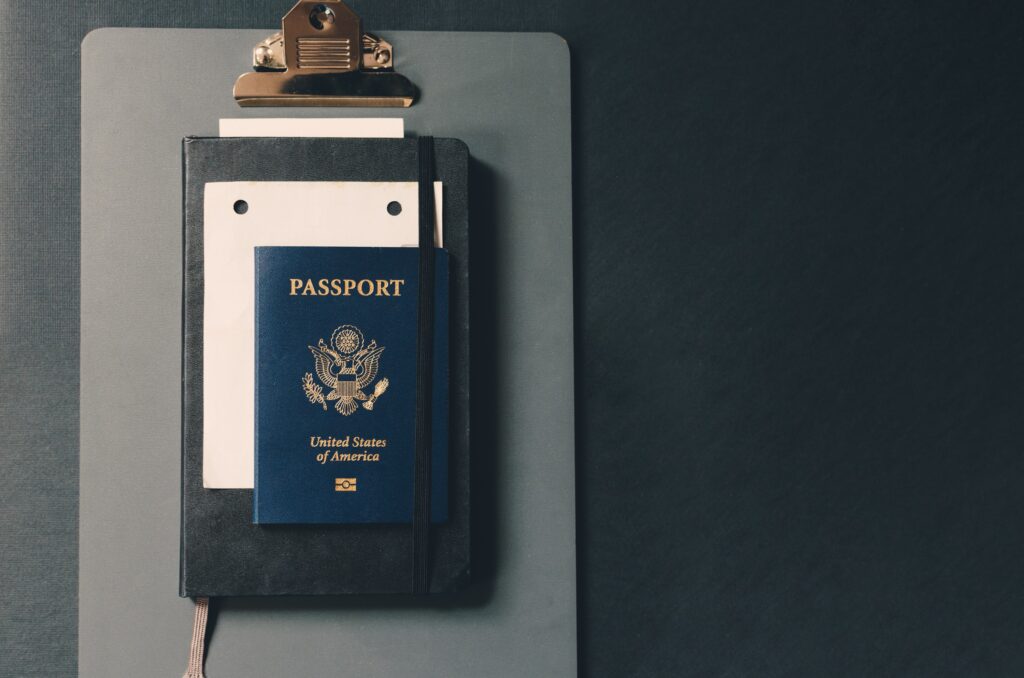Relocating to work or study in Spain? At Remitly, we understand that such a major move means ticking your way down a pretty extensive to-do list. Opening a bank account in Spain is likely to be high up on that list – after all, this can be key to getting settled into your new life abroad.
It’s easy to feel a bit overwhelmed with information when you start looking into the finer details of banking in another country. That’s why we’ve put together this quick guide on how to set up a bank account in Spain. Read on to find out about what documents you’ll need, what banks you can choose from, and other factors to keep in mind when setting up a Spanish bank account.

Documents Needed to Open a Bank Account in Spain
To set yourself up with a resident’s bank account in Spain, you’ll usually need to provide a set of documents. That being said, some banks – such as the new wave of online banks – can be more relaxed when it comes to official paperwork, as we’ll see shortly.
It’s important to keep in mind that, if a set of documents is required, some or all of it may have to be translated into Spanish first. If so, using Google won’t do the job unfortunately. An official, certified translator known as a traductor jurado will be required in this scenario, and you may also need to have the documents verified with an apostille stamp, which provides official confirmation that the paperwork is all genuine.
The documents usually needed to open a bank account in Spain as a new resident are:
- Proof of your address, such as a recent utility bill
- Proof of your current employment status, such as a staff contract, student ID, or a document confirming that you’re unemployed
- Photo ID, such as a valid passport
- Your NIE (Spanish foreigner identification number)

Choosing a Bank in Spain
As you can imagine, there’s certainly no shortage of banks to choose from in Spain. It’s always a good idea to take the time to do a bit of research and shop around. When you’re weighing up which one to go for, there are some important factors you should consider. These include:
- Costs – Are there account maintenance fees, international money transfer fees and other costs to consider? How do they compare with other banks?
- Services – What kinds of loans, mortgages, overdrafts, pension plans and other financial services does the bank offer?
- Accessibility – Does the bank have an efficient mobile banking service, with a user-friendly app? Do they have call centre staff who speak your language? Is there a local branch close to where you live?
Spain has a number of major high street banks that are household names. Some of the most prominent include:
- Santander, one of the world’s biggest and most trusted companies
- Banco de Sabadell, which prides itself on catering to international customers and offers a free “Welcome Service” providing advice on everything from buying property to making investments in Spain
- BBVA, which lets you open a fee-free account in just 10 minutes through its sleek, well-written and user-friendly website
- CaixaBank, where you can join the “HolaBank Club” which is tailored to people from abroad and offers discounted translation services, help on sorting out utility connections in your Spanish home, and guidance on relocation
Of course, it’s also possible to go down the digital bank route instead. These banks can offer perks such as lower account fees. Plus, it may be possible to sign up swiftly online without too much paperwork. Some popular digital banks include:
- N26
- Revolut
- bunq
- Bnext
Opening Your Bank Account in Spain
If you’ve already moved to Spain, you may prefer to open your account in person. This can often be a more straightforward, reassuring way of setting up the account, as you’ll be dealing with an actual human being and be able to ask questions and get complete clarification on any issues relating to their services.
If this sounds good to you, it’s best to book an appointment ahead of time and let them know if you’re not fluent in Spanish so they can ensure there’s a suitable member of staff available to help you. Of course, you can always just take along a Spanish-speaking friend if that’s easier.
You may also be able to set up your account online, before you even relocate to Spain. In which case, the bank will very likely need to verify your identity with a videocall or by asking you to take photos of your face and your legal documents.
Transferring Money into Your Bank Account in Spain
Once you’ve successfully opened your bank account in Spain, you might want to transfer some funds over from your previous accounts. Remitly makes the process simple and cost-effective.
All you have to do is set up your account (which can be done in a matter of moments), input your debit or credit card details, and then add your Spanish bank account details.
After this, you can simply key in how much you’d like to send and make it happen. The first transfer comes with a special offer for new customers, and the fact we don’t have any bricks-and-mortar locations means we keep our overheads low. This allows us to keep costs low for the millions of customers who use our service to send money back to friends and family all over the world.

Learn More
Our guide to exchange rates will help you send and receive different currencies more affordably.
